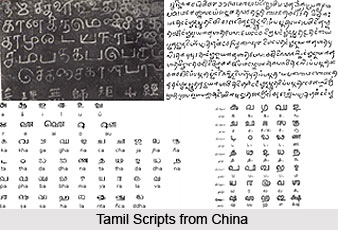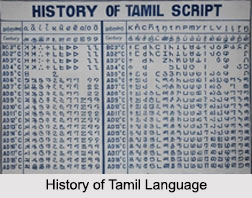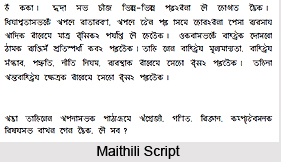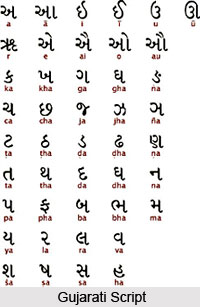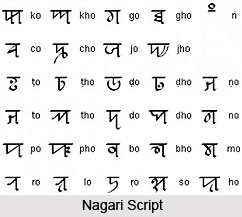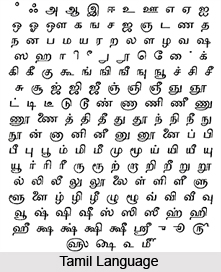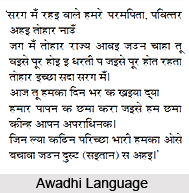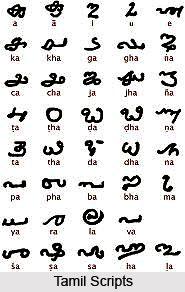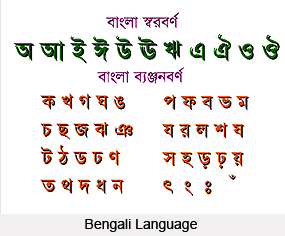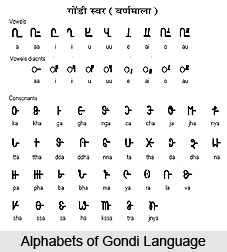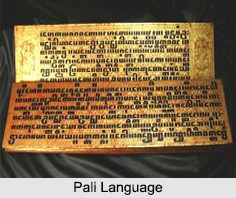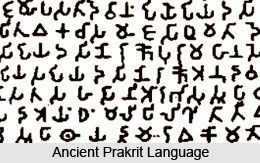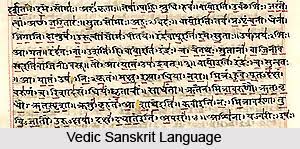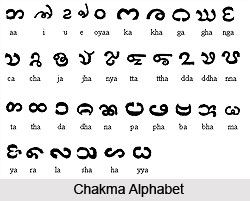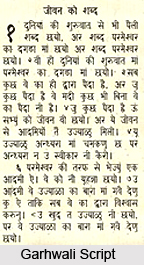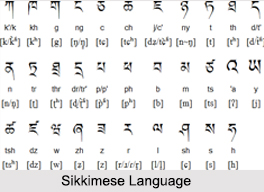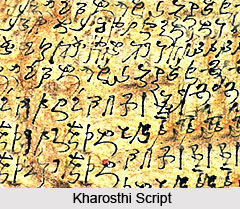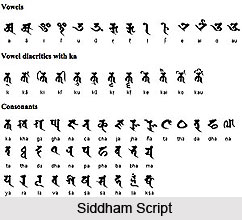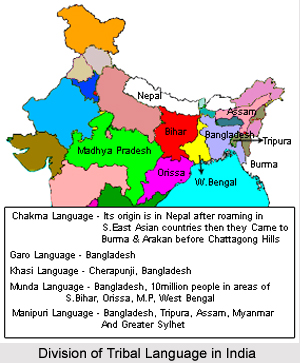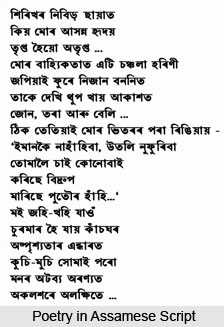Position of Urdu language in India is sixth in the country as a whole. The largest minority mother tongue in India is Urdu. At the spoken level, Urdu is but the name used by Muslims for the Hindi language, but the script preferred by Muslims is the Persian Arabic, while that used by practically all Hindus is the Devanagari. The literary forms of the two languages are also diverge, with Hindi writers drawing from Sanskrit and Urdu writers drawing from Persian-Arabic sources in vocabulary and style. Urdu as an official language of the Union was overlooked in the Constituent Assembly after the partition of the country in 1947. Urdu, which had been acknowledged up to Independence as an official language along with Hindi in U.P., also lost its place in that state in the Uttar Pradesh Official Language Act, 1951 in which Hindi was declared the one and only official language of the state. Although Urdu is listed in the Eighth Schedule of the Constitution, it is an official state language only in the small state of Jammu and Kashmir.
In spite of the large number of declared Urdu speakers in the country as a whole and in north India in particular, the demands of Muslim spokesmen, made through various organisations and movements initiated in the 1960s and 1970s for recognition of Urdu as the second official language of the states of U. P. and Bihar, were opposed in both states. Only in the 1980s was Urdu granted the position of a second language by order rather than formal legislation, for official purposes in fifteen districts of Bihar and in the western districts of U. P. But the U. P. ordinance later on lapsed. For example, in U. P., with a 1981 Muslim population percentage of 15.93 percent only 3.68 percent of students enrolled at the primary stage were receiving instruction in Urdu and only 3.79 percent at the secondary stage in 1979-80. The total number of students receiving training in Urdu at the primary stage was 352,022. By contrast, the figures for Karnataka were 360,009 and for Maharashtra 438,353, both states with much smaller Muslim and Urdu speaking populations than Uttar Pradesh.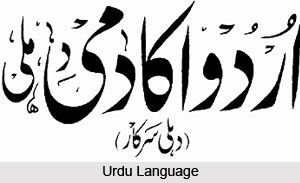
Efforts to convince the central government to adjudicate decisively on behalf of Urdu with the appropriate state governments also have had partial success. A Committee on Promotion of Urdu (Gujral Committee), appointed by the central government in 1972, presented its report to the government in 1975 at the time of the Emergency. The committee recommended, among other measures, the establishment of Urdu medium primary schools wherever the population of Urdu speakers, in a single village or urban ward, surpassed ten percent. However this measures was opposed from within the cabinet.
In contrast to Bihar, the struggle between Hindus, and Muslims over the status of Hindi and Urdu as the dominant regional language of U. P. was so prolonged that the overwhelming majority of the people of this state declared their mother tongue as either Hindi or Urdu in the 1961 mother tongue census. For example, although there are in all probability as many or more native speakers of Bhojpuri language on the Uttar Pradesh side as on the Bihar side of the Bhojpuri speaking region, only 1, 20,119 Bhojpuri speakers were recorded in Uttar Pradesh in 1961 compared to nearly eight million in Bihar. In Punjab, in contrast to the rest of North India before Independence, promoters of Hindi failed to get official acknowledgment for the language in that province where English and Urdu remained the official languages until Independence. In this period, the most important political struggle over language recognition was between Hindus and Muslims over the status of Hindi and Urdu. In this competition, Hindus whose mother tongue was Punjabi declared Hindi as their mother tongue in the censuses in order to gain a numerical benefit over Muslims and Urdu. Most Muslims, for their part, in fact spoke the various Punjabi dialects, though their political leaders fought to preserve official standing for Urdu.
After Independence, which involved the partition of the Punjab, the emigration of the entire Muslim population to Pakistan, and the immigration of the entire Sikh population from west Punjab to the Indian Punjab, the struggle for recognition then became one between Hindi and Punjabi.
